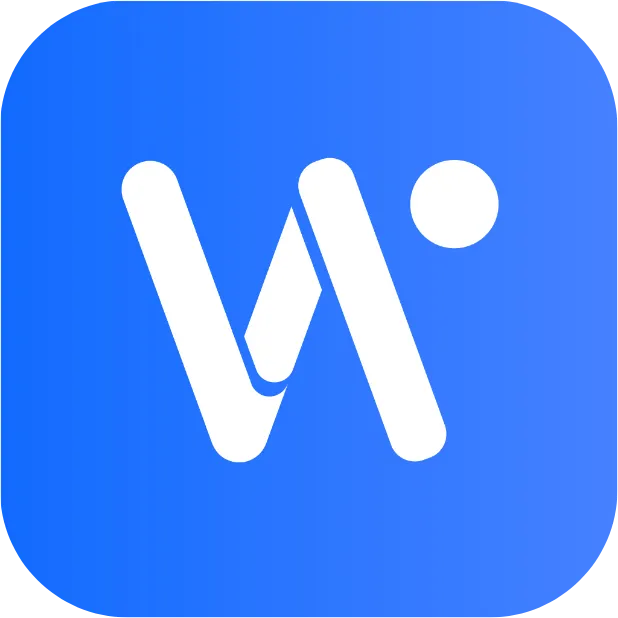「AI-Powered Ads」 Driving 300% ROAS or Just Hype? Google Ads Reveals the Truth
The digital marketing landscape is evolving at an unprecedented pace, with AI-powered advertising emerging as a game-changer in addressing long-standing industry challenges. One of the most pressing concerns for marketers today is data transparency—how to accurately track consumer behavior, optimize ad spend, and measure ROI in an increasingly fragmented digital ecosystem. According to recent insights from Cannes Lions 2025, while AI adoption is accelerating, many brands still struggle to translate AI-driven strategies into tangible business outcomes.
Google Ads has positioned itself as a leader in this space, leveraging AI to bridge the gap between marketing efforts and measurable results. By integrating first-party retail data, refining audience targeting, and enabling real-time optimization, Google Advertising provides marketers with the transparency needed to make informed decisions. This article explores three key ways Google Ads tackles data transparency challenges, supported by real-world case studies from brands like Haleon, Rough99, and PChome.

I. Challenge 1: Fragmented Consumer Journeys and Attribution
One of the biggest hurdles in digital marketing is tracking consumer behavior across multiple touchpoints. Today’s shoppers interact with brands through a mix of search engines, social media, e-commerce platforms, and physical stores, making it difficult to attribute conversions accurately. Traditional attribution models frequently struggle to encompass the entire customer journey, resulting in ineffective budget distribution.
Google Ads addresses this challenge through Google Retail Connect, a solution that integrates first-party retail data with Google’s AI-powered advertising ecosystem. For example, Haleon, a global consumer healthcare company, faced difficulties in measuring the impact of its omnichannel campaigns. By leveraging Google Retail Connect, Haleon gained visibility into how its ads influenced both online and offline sales, allowing for more precise budget optimization. The AI-driven attribution model helped Haleon identify high-performing channels, resulting in improved ROAS and a more cohesive marketing strategy.
Similarly, Rough99, a Taiwanese beauty e-commerce brand, struggled with fragmented consumer paths across platforms like Shopee and its own website. By adopting Performance Max campaigns, Rough99 utilized Google’s AI to unify cross-channel data, leading to a 149% increase in ROAS and a 254% boost in revenue from Google Advertising. These instances underscore how Google’s AI-driven advertising solutions convert fragmented consumer journeys into practical, actionable insights.
II. Challenge 2: Audience Targeting Precision
Another critical challenge in digital advertising is ensuring that ads reach the right audience at the right time. Traditional audience segmentation methods often rely on broad demographics or past purchase behavior, which may not reflect real-time intent. This inefficiency leads to wasted ad spend and lower conversion rates.
Google Ads enhances audience targeting through AI-powered advertising intent analysis. A prime example is Sensodyne’s sensitive teeth campaign, where Google’s AI analyzed search queries and browsing behavior to identify users actively seeking solutions for tooth sensitivity. By refining audience signals, Sensodyne achieved higher engagement and conversion rates compared to generic targeting approaches.
Moreover, Performance Max campaigns enable brands like Rough99 to dynamically adjust audience targeting based on real-time performance data. By feeding AI algorithms with high-intent signals—such as users who interacted with Google search or YouTube—Rough99 optimized its ad placements, reducing cost-per-click (CPC) by 35% while increasing conversion rates. This degree of precision guarantees that marketing budgets are allocated to audiences with the highest conversion potential, thereby optimizing efficiency to the fullest.

III. Challenge 3: Real-Time Optimization with Transparent Data
Marketers often face a disconnect between ad spend and measurable conversions, particularly when running campaigns across multiple platforms. Without clear visibility into which ads drive sales, optimizing performance becomes a guessing game.
Google Retail Connect solves this by providing closed-loop reporting, allowing brands to track conversions directly from ad exposure to final purchase. PChome 24 Shopping, a leading Taiwanese e-commerce platform, tested Google Retail Collaborative Ads with 12 brands across different categories. The results were striking—brands saw an 80-100% increase in ROAS compared to traditional Google Shopping ads, with some achieving 300% higher returns than other media partnerships.
The AI-driven system continuously refines ad delivery by analyzing conversion data, ensuring budgets are allocated to the highest-performing creatives and placements. For example, Rough99’s use of automated creative optimization allowed Google’s AI to test multiple ad variations, automatically selecting the best-performing combinations. This not only improved efficiency but also reduced manual workload for marketers.
For brands seeking similar precision, Topkee’s services—like TTO CDP-powered audience segmentation and AI-powered advertising remarketing strategies—can replicate this approach. For instance, their attribution tools analyze user behavior to segment high-intent audiences, while dynamic creative optimization tailors ads based on real-time engagement patterns. This mirrors Google’s AI capabilities, enabling brands to allocate budgets toward audiences with the highest conversion potential.
IV. Future Outlook: AI and the Evolution of Transparent Advertising
The advertising sector stands at a critical juncture, as AI transforms the way brands engage with consumers. Insights from Cannes Lions 2025 reveal that while AI adoption is growing, many marketers still prioritize adoption over actual business impact. Google’s roadmap for retail media emphasizes deeper integration of AI across Search, Shopping, and YouTube ads, offering brands even more transparency and control.
External partners will play a crucial role in scaling AI solutions, as agencies and tech providers bridge the execution gap for brands. As Joshua Spanier, Vice President of Marketing at Google Media Lab, observed, “AI is not a KPI—it is a tool for driving growth.” The future will be owned by brands that utilize AI not merely for automation, but for more intelligent, data-supported decision-making.
To bridge the execution gap, brands must collaborate with specialized partners. For instance, solutions like Topkee’s TTO platform exemplify how external expertise scales AI adoption. By automating conversion tracking, unifying multi-tag data streams, and generating dynamic performance reports, such tools empower marketers to move beyond pilot phases into scalable, ROI-driven campaigns. Similarly, Topkee’s TMID-based attribution refines audience segmentation, enabling brands to replicate Google’s intent-based targeting at a tactical level. Leveraging tools like TTO and TM systems can automate conversion tracking and unify fragmented data—similar to how Topkee’s AI-powered advertising remarketing strategies boost conversion rates by 70%+ through hyper-personalized ad sequencing.

Conclusion
Google Ads’ solutions provide marketers with the transparency, precision, and efficiency needed to thrive in today’s complex digital landscape. By addressing fragmented attribution, audience targeting, and real-time optimization, brands like Haleon, Rough99, and PChome have achieved remarkable success.
For marketers looking to leverage these tools, the key lies in strategic adoption—balancing AI automation with human expertise. If you’re ready to enhance your advertising strategy with AI-driven transparency, consider consulting with specialists to unlock your brand’s full potential.







